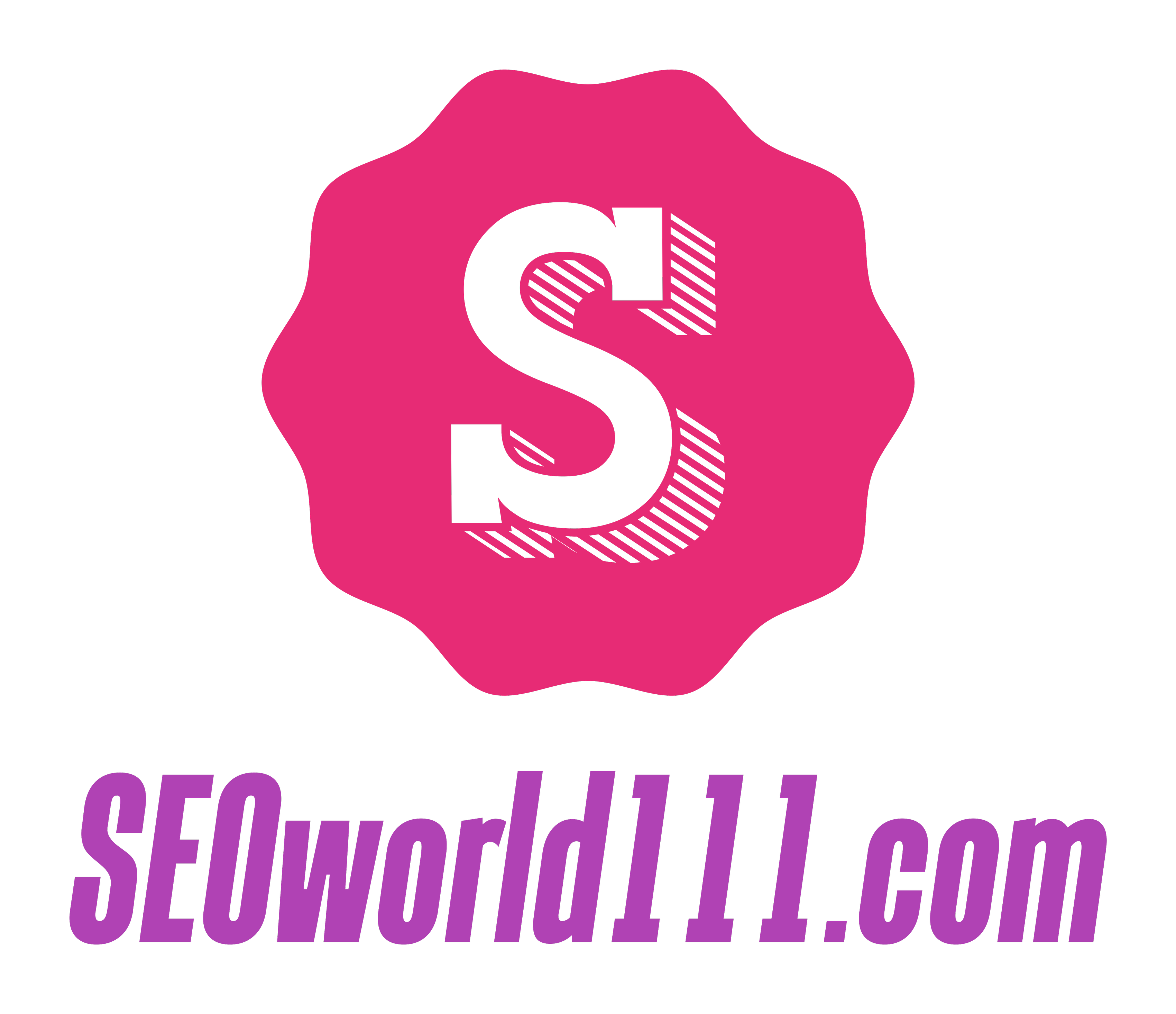Product Life Cycle is the process through which every product goes. We are not saying here that each and every product has four different stages of its existence, but understanding the complete life cycle of a product is important to understand the market situation, pinpoint new opportunities for development and growth, or know what kind of tactics can be applied to promote your products during certain stages. This complete guide will help you get familiar with these concepts. What is the Product Life Cycle?
The product life cycle describes the period of time over which an item is developed, brought to market, and eventually removed from the market (Wikipedia). Even though this term was initially used by Conrad Gregor in the 1960s it gained more popularity after the 1969 article “Strategies for Diversification” by Raymond Vernon. However, the concept itself is much older and was first used by Aristotle who noticed that “no man ever halts in his quest of happiness and enjoyment” (The Internet Encyclopedia of Philosophy). This means that there are always needs to be satisfied and if some company can’t satisfy one type or brand-new need then another one will. So as more new products enter the market, the life cycle becomes shorter as all producers compete for a bigger share in this growing market.
Product Life Cycle Stages: Introduction Stage
Introducing a product into the marketplace is done via marketing activities such as advertising, PR events, or other promotional actions (Wikipedia). The main goal of these efforts is to develop and create awareness about your product brand among potential customers. It’s always better to enter the market gradually because you can’t launch all your promotion efforts immediately after making your first sale.
When done well, this stage usually requires a large budget (e.g. advertising) and may go on for longer than other stages (Wikipedia). As mentioned before, the product life cycle is divided into four main stages: introduction, growth, maturity, and decline.
The introduction stage is definitely the most expensive one as implemented quality strategies are needed here in order to increase sales volume (and prices), but also brand awareness has to be established among potential customers (mostly through low price strategies). Positive effects of this part of the process don’t come overnight so selling success at this point depends heavily on the number of products sold during early sales periods.
At the beginning of a product life cycle, sales are low as the product is introduced to the market and consumers begin learning about it. Sales typically go up as more reviews come in from early adopters and reviews from other sources such as social media (Wikipedia). In this phase, the price can be used as a factor that increases the adoption rate as well as acts as a barrier for existing competitors’ products. If needed, new complementary products can also be offered at this point – especially those that have higher profit margins – however they have to attract both customers and dealers so low prices will often remain an integral part of strategy even after initial success is achieved.
In case there is already strong competition present on the market then the growth stage usually takes a longer time to achieve. The main difference here is that focus should be shifted from creating awareness of product advantages to proving them during the usage. This means that distribution has to be improved (i.e. offering more accessible prices) and this can often lead to lower profit margins in the short term, however, long-term benefits are expected to counterbalance it due to the increase in sales volume.
The market share of products is key at this stage because a five 6 percent growth rate will only result in doubling the size after ten years while a ten percent growth rate will bring a fivefold volume increase within one year. Analysing competitors‘ activity becomes even more important than before because factors such as price, quality, service, etc. can influence both current customers and future ones.
At this stage, the majority of the share is basically taken and the only way to increase it further is by taking market share from competitors. Therefore, market penetration and product development become the most important factors in performing marketing activities. Competition becomes very tough and there are fewer chances for new players than at previous stages which drives research into future trends within the industry. The main goal is to broaden the customer base through attracting new groups of customers who can bring more profit than they cost to serve them (using, for example, advanced services such as loyalty programs).
This final stage has several characteristics:
– **Market saturation** (i.e. products age, consumers use up remaining disposable funds) – companies need to make an effort to attract a young audience, e.g. by launching new products or offering to finance.
– **Product variety increase** (i.e. more competitors, differentiating products becomes harder) – companies usually extend product portfolio with new products, which are either low price or featuring latest technology advancements.
– **Rivalry intensification** (i.e. companies will try to promote their brands, launch advertising campaigns to attract customers) – companies may use promotional activities as a way of increasing market share without the need to conduct expensive development work on new products.
As mentioned above rivalry is intensified during this stage since all market participants are interested in increasing market shares through various strategies without making significant investments into R&D of new products, therefore it is crucial for organizations to manage these efforts
Read also: The way to Sell Your Home in the Next something like 20 Days
